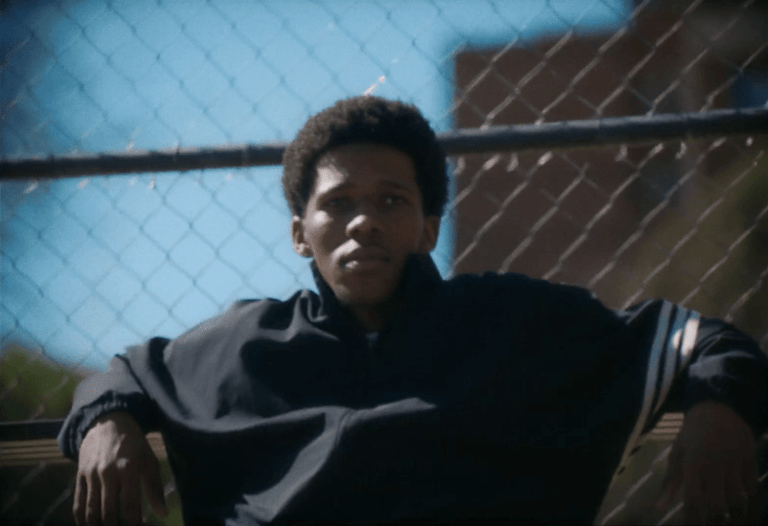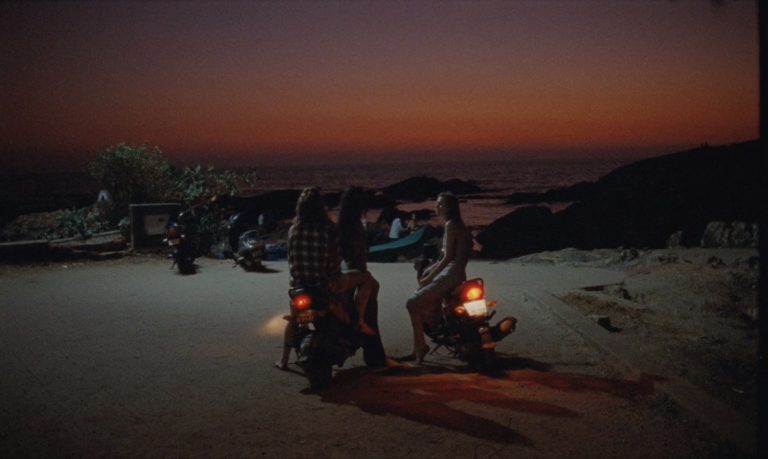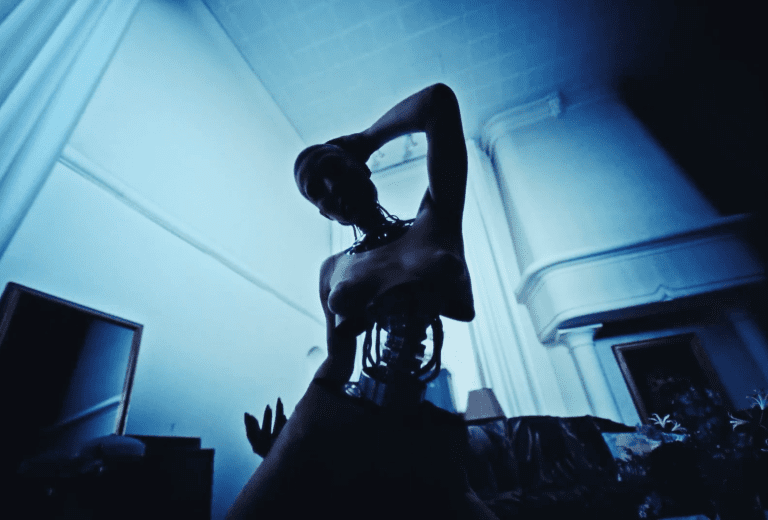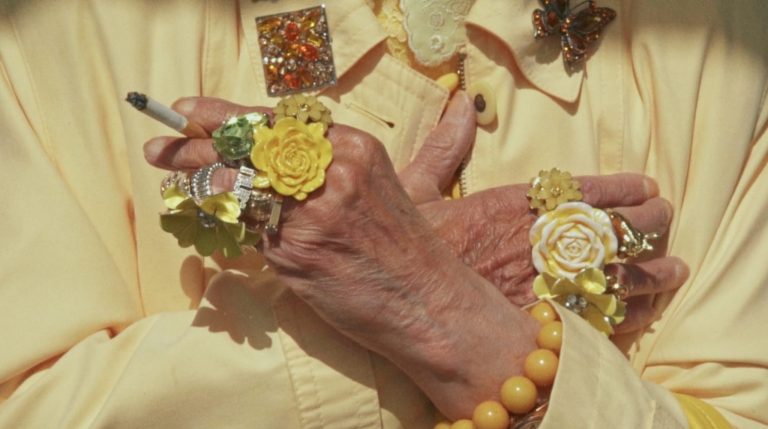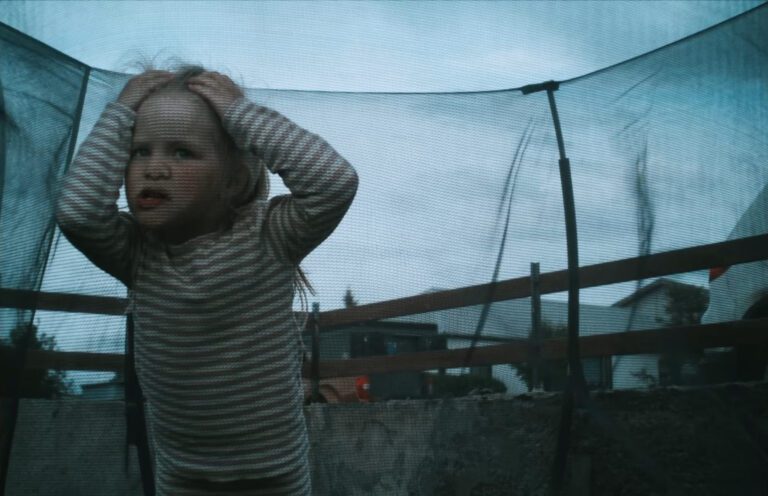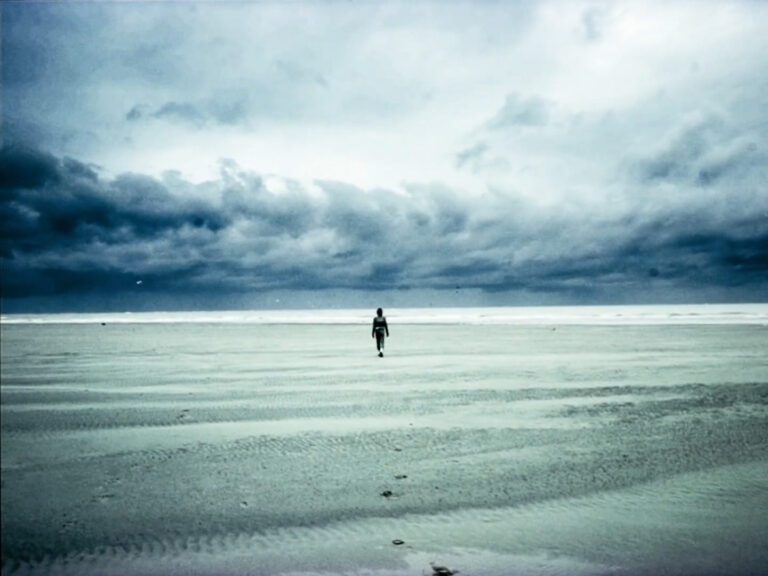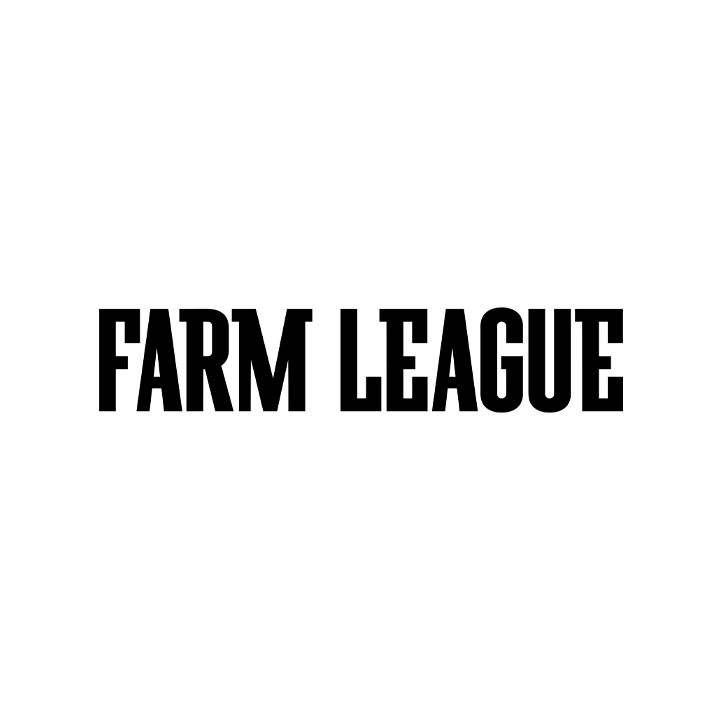Suggested Terms
Director
Location
Format
Festival
Agency
Production Company
Record Label
Award
Country
- United Kingdom
Production Company
-
Ground Work
Record Label
- Because Music
March 2022
Will Dohrn directs ‘3210’ for Jeshi.
Country
- United Kingdom
Production Company
-
Ground Work
Record Label
- Because Music
Credits
-
Director
-
Executive Producer
Aaron Willson
-
Producer
Tom O'Driscoll
-
Director of Photography
Harry Wheeler →
-
Colourist
Connor Coolbear →
-
Production Company
Ground Work

